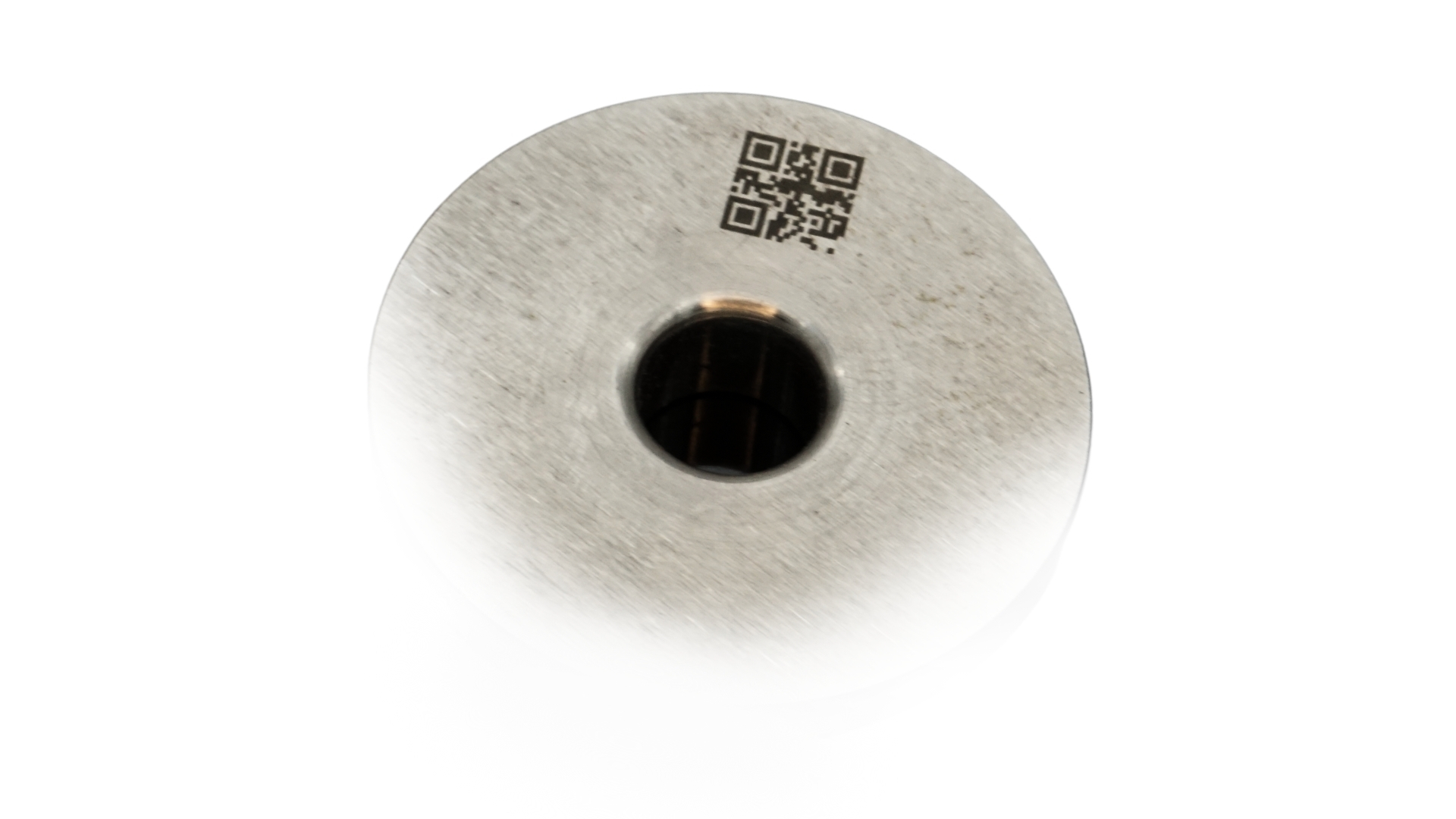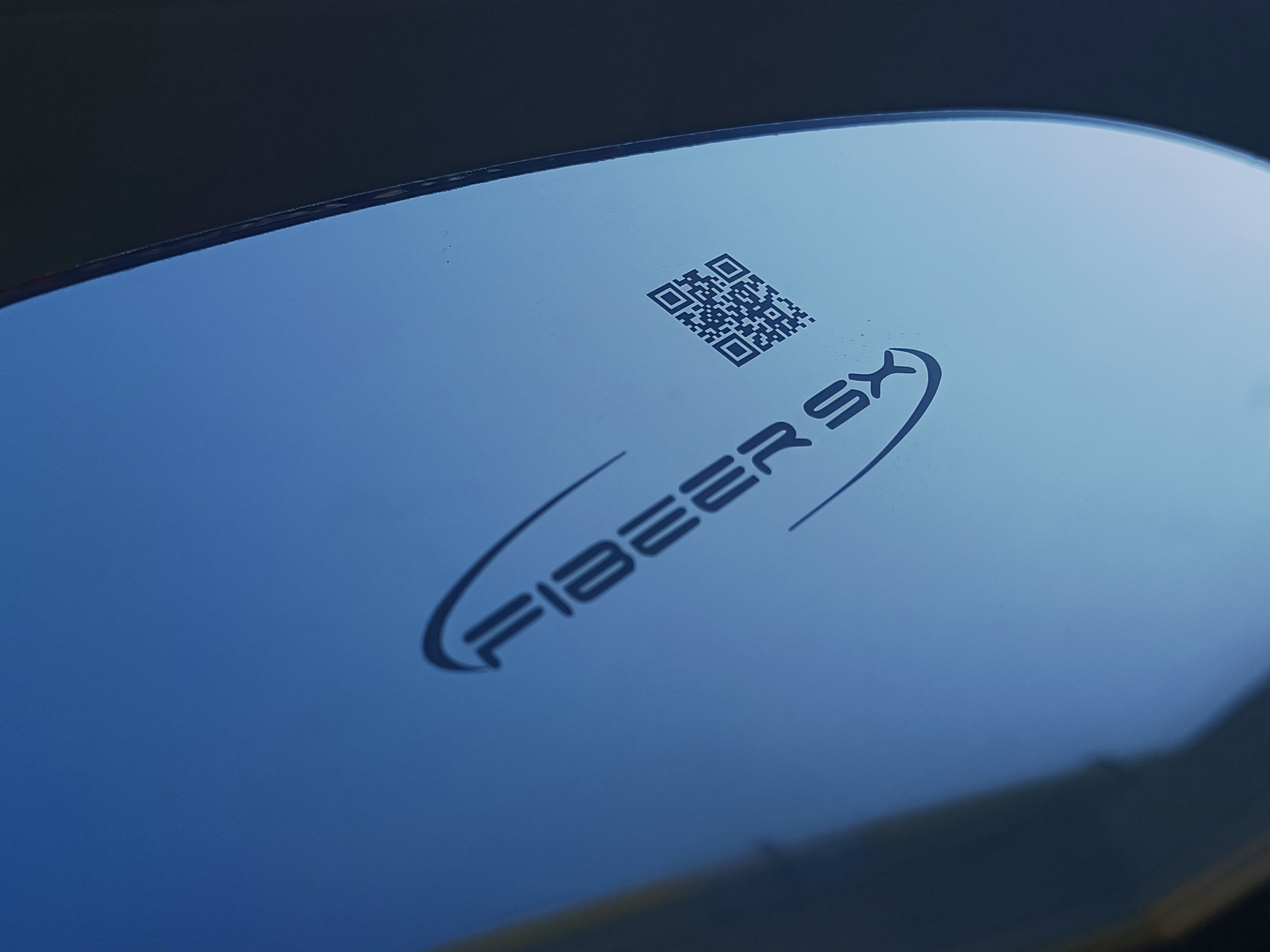
Laser marking is a modern and efficient technology that uses laser beams to create permanent markings on various surfaces. It can create different markings on a wide range of raw materials. This technology is used in many industries, including automotive, electronics, medical device manufacturing, and jewelry. Depending on the task, we can create a mark in several ways, e.g.; surface marking, deep marking, laser engraving. High accuracy and detail are one of the main characteristics of precision laser marking, durability can also be classified here, because they are resistant to wear, chemicals and temperature changes. Another big advantage of traditional marking technologies is that it can be used on almost any material, including plastics, metals, ceramics, metals, etc. In addition to its flexible and precise use, the automated laser marker results in fast and efficient work, with which we can also improve production time. It is already used in many industries, including the automotive industry, electronics industry, medical industry, plastic industry, metal industry, railway industry, packaging industry, etc. Identifying components and devices with serial numbers, QR codes or DATA Matrix can be useful in several industries, but the identification of manufactured products is perhaps the most important, so that the exact production can be traced at any time, in the event of a possible future error.

Traditional marking techniques:
Mechanical engraving:
A simple, reliable method, but it is less accurate and can cause damage to the material, its detail is limited and it is a time-consuming process.
Ink printing:
Screen printing:
Screen printing is an extremely versatile and efficient printing technology that has many advantages, especially in terms of the thickness of the printed ink layer and its compatibility with various materials. Its main features include multi-color printing, a thick paint layer, it can be used on several materials and is also suitable for marking slightly curved surfaces.
Offset printing:
The ink is applied to a printing plate and from there to a rubber cylinder, which is then applied to the printing surface. It is a fast and simple process, especially in the case of large quantities, but it can be applied to less material than the other technologies.
Stamping:
Stamping is a mechanical process in which pressure is applied to a material to create a permanent mark or deformation on its surface. This process is used in many industries and is suitable for machining a variety of materials. The downside is that the tools wear out during the process.
Chemical Etching:
Chemical etching is a material removal technique that uses chemicals to partially or completely remove the surface of a workpiece. This process is often used to machine metals, glass and semiconductor materials. We have several types of etching at our disposal, such as; micro-etching, which can be useful mainly for the electronics industry, photo-etching and general etching, where different acids and alkalis are used during the process.
Laser marking therefore has many advantages over traditional marking methods, especially in terms of precision, tool-free, durability and versatility. However, depending on the application area and specific needs, traditional methods may also be beneficial, especially for small quantities or low costs.

